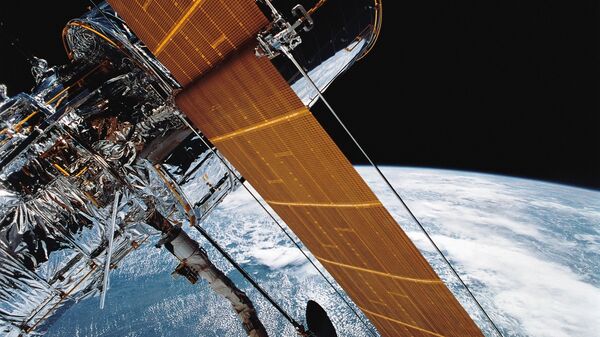Officials associated with the US’ National Aeronautics and Space Administration (NASA) gave stargazers quite the shock on Thursday after revealing that the Stingray nebula had undergone serious changes in its appearance over a span of two decades.
Comparing images taken in 1996 against new photos captured in 2016 by the Hubble Space Telescope, researchers determined that the nebula’s bright, blue fluorescent tendrils once photographed were no longer visible in the more recent images. Additionally, the wavy, gaseous filaments that prompted the nebula’s comparison to a stingray were virtually gone.
Further research into the fading nebula found that the subject’s hydrogen and nitrogen levels underwent unprecedented changes, and its oxygen emissions drastically dropped in brightness by a factor of nearly 1,000 during the 20-year period separating the sets of images.

“This is very, very dramatic, and very weird,” Martín A. Guerrero, of the Instituto de Astrofísica de Andalucía in Granada, Spain, said in a statement accompanying a NASA release on the development. “What we’re witnessing is a nebula’s evolution in real time. In a span of years, we see variations in the nebula. We have not seen that before with the clarity we get with this view.”
Although officials indicated that past ground-based observations have shown that planetary nebulae undergo changes in their brightness over time, researchers noted that the latest find is the first time that such speculations have been officially confirmed.
“Because of Hubble’s optical stability, we are very, very confident that this nebula is changing in brightness with time,” Guerrero added. “This is something that can only be confirmed with Hubble’s visual acuity.”
The team of researchers who are reviewing Hubble’s Stingray nebula archives have also indicated that the subject’s rapid fading is likely the result of the expansion and sudden temperature drop from SAO 244567, the nebula’s central star.
Although it’s uncertain of what will become of the nebula, the team has speculated that it may become barely detectable in roughly 20 to 30 years, should it maintain its current fading pace.

